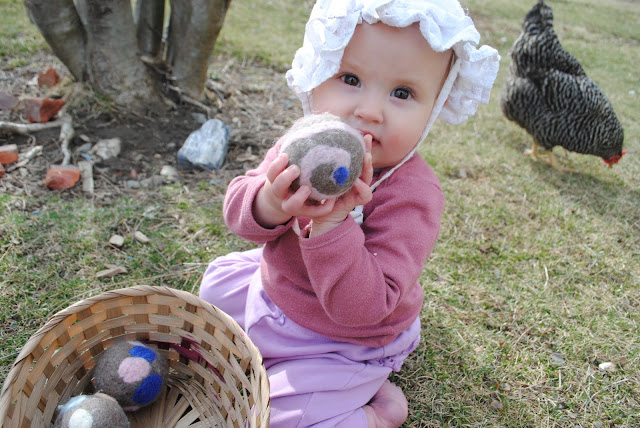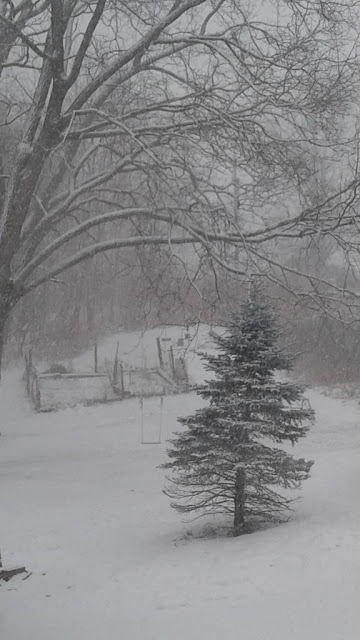Wooly goodness
All of us are familiar with dryer sheets. That fragrant smell that causes something in our brain to conjure up images of freshly laundered and clean clothes? Perhaps some of you still use them. No judgement, but a gentle nudge suggesting there is another way to get static-free clothes (and even that hint of a lovely scent- in a non-toxic sort of way). Of course ideally, we are line drying clothes. But between winter in upstate NY and the constant cycle of seven people's daily clothes around here, our dryer does see its fair share of use.
.
.
So the bad news about dryer sheets is that they are loaded with some not so good stuff. The "fresh" smells we associate with clean clothes turns out to be pretty bad for us. Unfortunately, the term fragrance has become a catch-all to mean just about anything. And since companies producing anything with the term fragrance are not required to disclose what ingredients actually create that scent, those fragrances can include some pretty toxic stuff. (Environmental Working Group has a list detailing the contents of many of the most common brands of dryer sheets. Really worth checking out, even if you no longer use them.)
There are two ways to make these - either with wool yarn or wool roving. We did the latter. Tutorials abound online for both. Start with what you have access to, which for us was roving.
What better way to warm your hands in the cool days of March than with a craft that involves warm, soapy water? Very carefully lift that ball (at this point lump) of wool out of the water, drizzle some more liquid soap on it (we used Dr. Bronner's castile soap) and then just move it back and forth from one hand to the other, as if holding an egg. This begins the process of felting. This takes a while. Stick with it about 10 minutes or until it seems to be holding together well on its own. Dip in the water again and gently squeeze some of the soapy water out.
Then for fun and for the love of making even the ordinary beautiful, needle felt some designs on it! We happen to have both a needle for needle felting and some dyed roving on hand. (If you are intrigued by needle felting - this kit makes a wonderful gift!)
My three year old asked for 'her' wool dryer ball to have pigtails. How could this mama resist? Not at all practical but oh so cute. (yes, they did fall off on their first dyer run!)
Throw a few of these into the dryer with your next load of clothes. The more the better, but then of course the more to fish out of each load! (But even that's no trouble. Who doesn't want to be greeted with a smiley wool face when doing such a mundane task?!) Drop a few drops of your favorite essential oil on it if you are hankering for that fresh smell.
Happy laundering!











Comments
Post a Comment